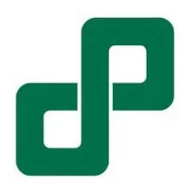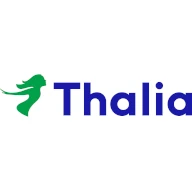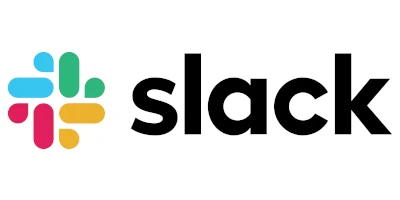Cloud-Native Digital Experiences at Momentum Financial

Sara Williams

Financial services companies have typically been hesitant to migrate to the cloud due to their specific compliance and security requirements. However, staying trapped in a legacy infrastructure can cause more harm than good, particularly for modern companies that want to improve their customers’ digital experience.
In this blog, we’ll recap one of the talks from CrafterCMS Live! 2025 by Damilola Okuboyejo, Ph.D., Site Reliability Engineer and IT Ops Manager at Momentum, a large financial services firm. We’ll illustrate the journey they took as they sought to move away from legacy architecture and use CrafterCMS to deliver digital experiences using cloud-native technologies.
A Monolithic Architecture Past
Almost a decade ago, Momentum embarked on a journey to enable its teams to create content and build engaging microsites. They were using an IBM portal environment with web content management.
The frontend of the website was built using portlet scripts, Angular and webpack with Java 2 Platform, Enterprise Edition (J2EE) and Node.js for the backend. However, the monolithic IBM solution began to slow down as the business requirements evolved, which led to a number of challenges. These included:
- Bloated and Tightly Coupled Architecture: Quick code changes slipped into production ahead of schedule because the tight coupling made separating concerns, particularly between the authoring and delivery sides, difficult.
- Reliability & Scalability Issues: Developers struggled with the unreliable system that made scaling impossible.
- Increasing Data Center Costs: Over time, the cost of running data centers with this legacy architecture became even more expensive.
Migrating to CrafterCMS from a Legacy IBM Portal
Momentum sought out an enterprise-grade, Git-based headless CMS that would allow them to track changes and separate concerns effectively so that developers and content authors could operate independently without issues. But that wasn’t the only reason that they ended up choosing CrafterCMS as its preferred headless CMS:
- Decoupled Architecture: CrafterCMS’s truly decoupled architecture allowed for the Crafter Studio authoring app to be separated from the Crafter Engine delivery system. Changes could also be tracked using Git.
- Scalable Environments: CrafterCMS would allow Momentum to scale vertically and horizontally as needed to meet different requirements.
- Flexible DevSecOps Integration: CrafterCMS would allow them to incorporate DevSecOps throughout the software lifecycle to secure critical information.
Choosing Between CrafterCMS Deployment Options
CrafterCMS would enable Momentum to choose between different deployment options.
- SaaS: A fully-managed, private SaaS solution with Crafter Cloud
- Self-Hosted/Managed: CrafterCMS Enterprise that provides 24/7/365 support for a self-hosted/self-managed solution, which could be deployed either in a public cloud with virtual machines (i.e., AMIs in the AWS cloud) or a containerized cloud solution (i.e., AWS and Kubernetes).
As a financial institution with critical security requirements, they needed to choose a self-hosted/self-managed option. However, due to their limited experience with containerization, they first opted for the AMI model. Unfortunately, they eventually ran into other problems.
Challenges with the AMI Deployment Model
For almost three years, Momentum ran the AMI deployment model. However, they decided to transition to containerization due to some of the challenges they encountered, including:
- Version Upgrade Issues: Upgrades needed to be coordinated across teams and websites.
- Difficulty in Leveraging Cloud Native Auto-scaling: Due to the nature of the infrastructure, Momentum couldn’t use auto-scaling on the delivery side.
- Overhead: Virtual machine overhead and the potential proliferation of AWS Secrets.
Achieving Success with CrafterCMS
Momentum has had an easier time managing the digital experience by using the containerized deployment model, particularly with Kubernetes (AWS EKS) and its automatic failure detection and recovery capabilities. Additionally, they can scale horizontally and more efficiently allocate resources.
Overall, since moving to CrafterCMS, Momentum has had a better, more fluid, and engaging user experience, a faster time to market, happier clients, and reduced errors.
Watch the recorded talk: Digital Experiences at Momentum to understand some of the key architectural decisions that Momentum had to make, the best practices followed, the valuable lessons learned along the way, and the business benefits realized. In it, Damilola answers questions about the advantages of running CrafterCMS in a Kubernetes environment and how infrastructure costs varied when using the AMI deployment compared to the Kubernetes deployment.
Related Posts
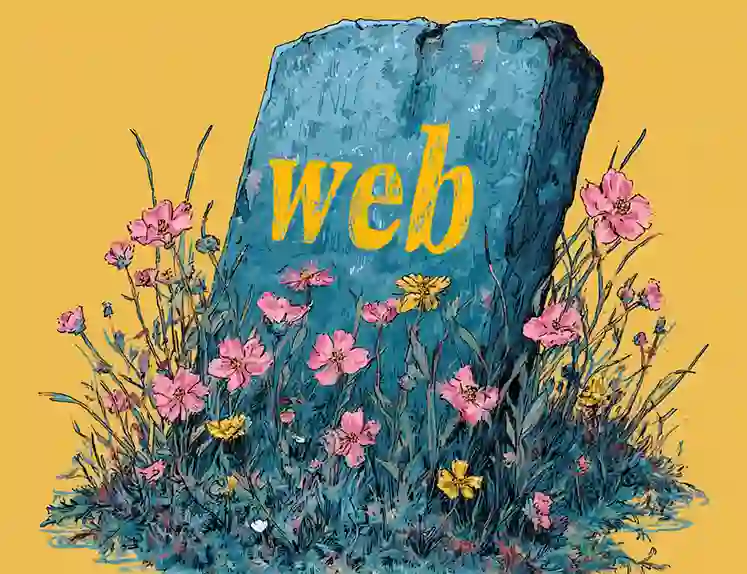
Websites Are Dead?

Mike Vertal
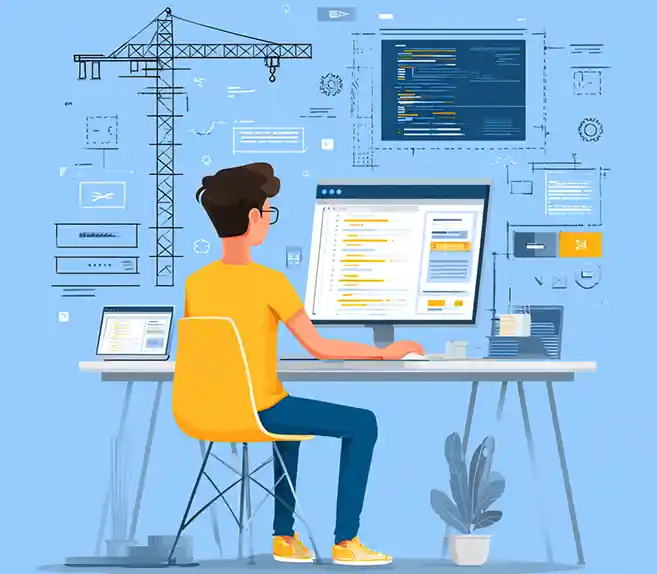
No-Code Experience Building for Marketers & Designers

Amanda Lee

The Future of Web Experiences: From Browsing and Searching to Conversational AI

Mike Vertal

Is Your CMS MACH-Ready? A Practical Guide for Enterprise Architects

Sara Williams
Related Resources
-
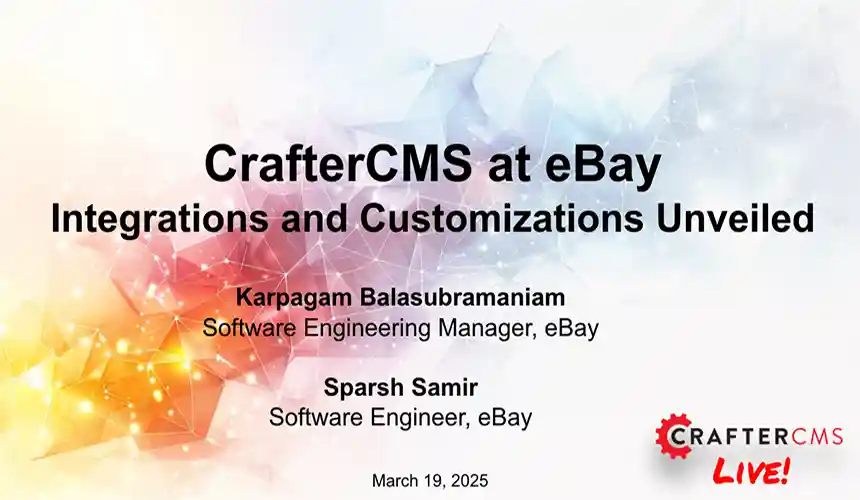
CrafterCMS at eBay: The Universal Content Platform for eBay.com
Webcast
-
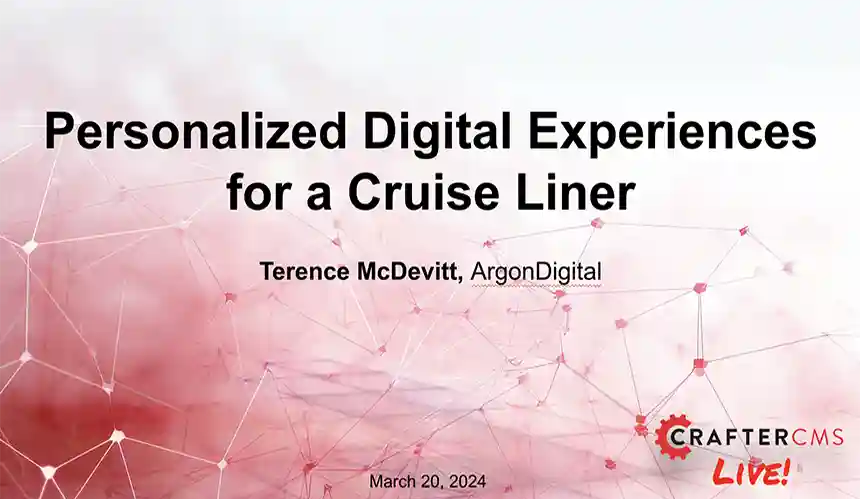
Personalized Digital Experiences for a Cruise Liner
Webcast
-
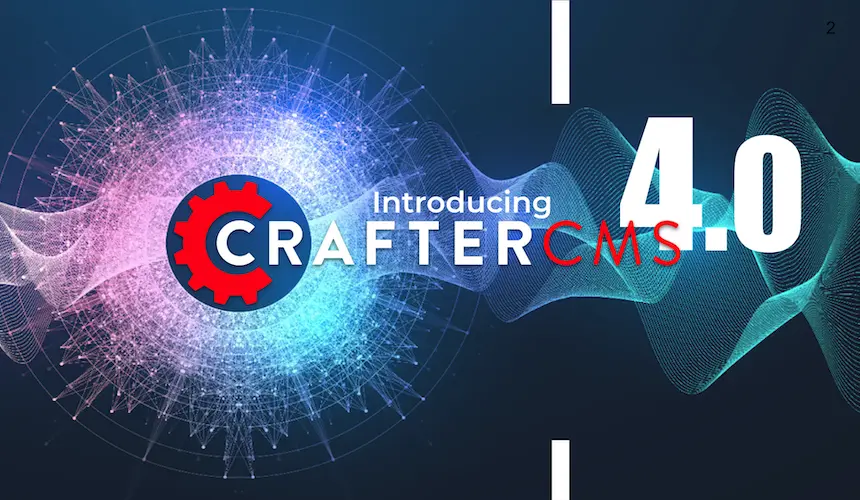
Introducing CrafterCMS v4.0
Webcast
-
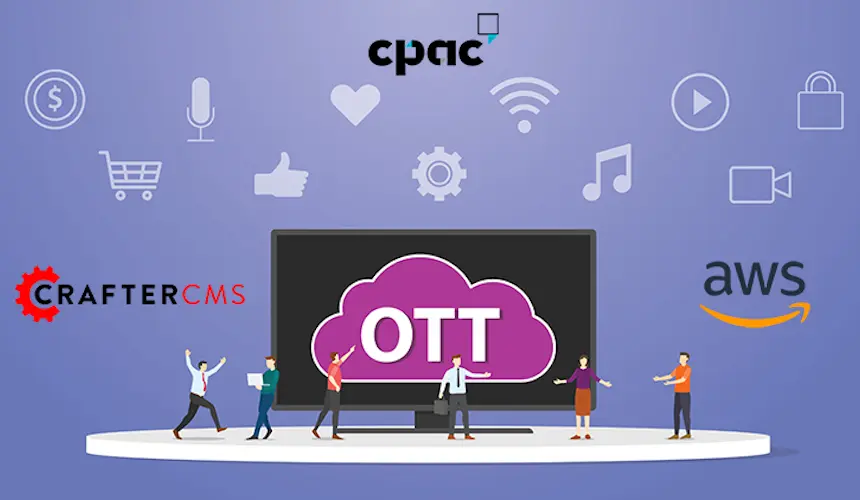
Modernizing Video Delivery and Content Management at CPAC, A Canadian Nationwide Broadcaster
Webcast
-
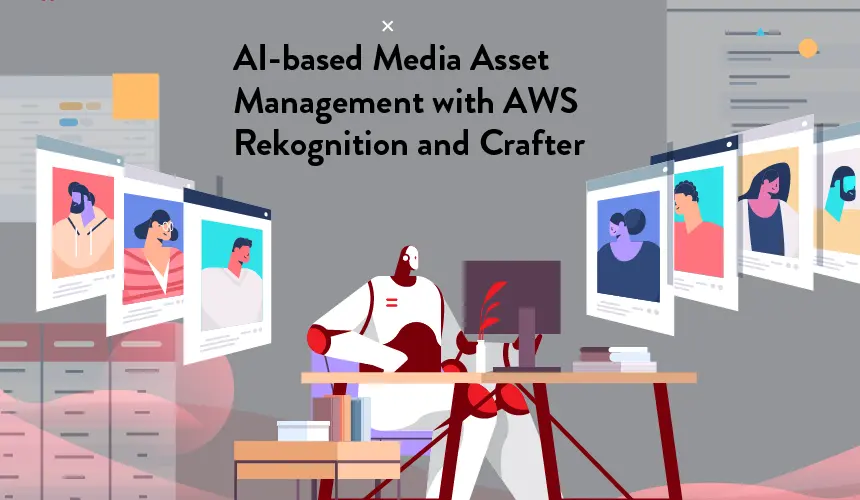
AI-based Media Asset Management with AWS Rekognition and CrafterCMS
Webcast
